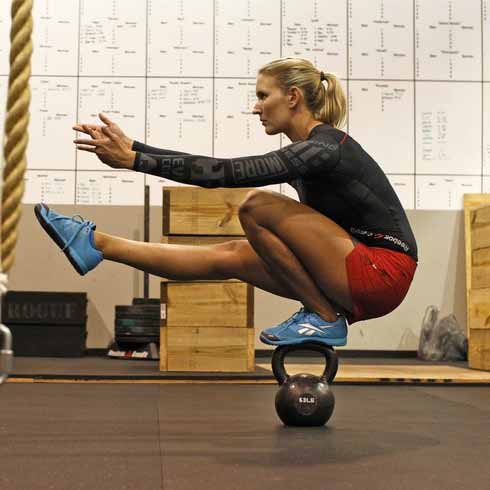Cupping Therapy: What is it & how can it help you?
If you’re reading this blog, you’ve probably heard of the Chinese healing art of cupping, especially thanks to traction from celebs and high-profile athletes ( thanks, Michael Phelps). Even though cupping has recently become popular, it is by no means a new form of therapy.
Cupping has been around for thousands of years. We can trace the roots of this treatment modality back to ancient Chinese and Egyptian medicine (although the ideas around it have changed as you might imagine!)
 So, what is cupping?
So, what is cupping?
Traditional massage techniques apply pressure to skin and other soft tissues. With cupping, it is actually the inverse. The oversimplified idea is to apply negative pressure to tissues and actually lift away from your skeletal system.
I know that can sound terrifying, but it is not at all painful. The “cupping” portion is exactly what it sounds like.
There are numerous ways to apply the cup, but it takes a trained practitioner to understand the best area and movement to apply with the cup(s) itself.
Is cupping safe?
Cupping is perfectly safe for the majority of people.
The most common perceived negative side-effect of cupping would be the bruising of the tissue, which typically goes away after 5-10 days depending on the person.
As with most passive modalities (i.e. ice, heat, acupuncture, massage, instrument assisted therapy, the list goes on), they won’t provide a long-term “fix” for any musculoskeletal issue, but that also means there aren’t a lot of instances where it could be perceived as harmful to use.
 What conditions can cupping help?
What conditions can cupping help?
If you’ve seen cupping marks, chances are that you’ve seen them mostly around the spine. This doesn’t mean that cupping is limited to back issues.
You can apply cupping almost anywhere that you may be having musculoskeletal pain.
Not everyone has the same reduction in pain and increase in range of motion (remember, humans are all different and there is no one size fits all treatment).
With that said, cupping has been shown to temporarily decrease pain in most soft tissue issues/injuries.
Cupping can be applied to whatever tissue has the issue (haha, see what I did there).
Some common examples we may see include:
• General knee pain (patellofemoral pain)
• Shoulder/Rotator Cuff tendon pain
• Chronic neck pain
• Hamstring strain
• Lower leg/calf strains
• Low back pain/strain
What are the benefits of cupping?
Like I mentioned earlier, the benefits of cupping can come in a wide array for different people. Because the cup is applying negative pressure to tissues, the idea is that it can promote blood flow to tissue and promote healing and reduce pain.
There are different ways to use the cups in this context, but usually, there will be some movement applied while the cups are on.
This treatment usually doesn’t take long and may range from a few to ten minutes worth of application and movement.
With that said, the 4 most common benefits for cupping may last longer for some, but usually include:
- Decrease in pain
- Temporary increase in blood flow to the tissue
- Increase in range of motion
- Provides an opportunity for an increase in movement to build up tolerance and strength in tissues of the surrounding area
Here’s a video we put together on how cupping can help with injury recovery:
So, is cupping right for you?
With the negative possible side effects of cupping being so small, it can most likely be used as an appropriate treatment modality for those with strains, sprains, chronic pain, and other conditions.
While it CAN be applied to most of these things, that doesn’t mean that it HAS to for conditions to improve.
Like I mentioned earlier, cupping most likely won’t be an end-all treatment, so it should always be applied in conjunction with some sort of movement, exercise, rehab/strengthening program to get the best results.
With most treatment options, it is always important to find a provider who has been trained in that specific modality.
Here at Tangelo, our chiropractors use cupping for numerous conditions and reasons and are all educated on how to communicate with the patient to come up with the best treatment plan for that specific person.
Remember, we do our best to treat the person holistically, and while cupping may be an appropriate part of the treatment plan, it is best used in conjunction with other treatments/rehab as well.
We at Tangelo are always here to help. Feel free to contact us to see if cupping could be appropriate for you.

 So, what is cupping?
So, what is cupping? What conditions can cupping help?
What conditions can cupping help?

